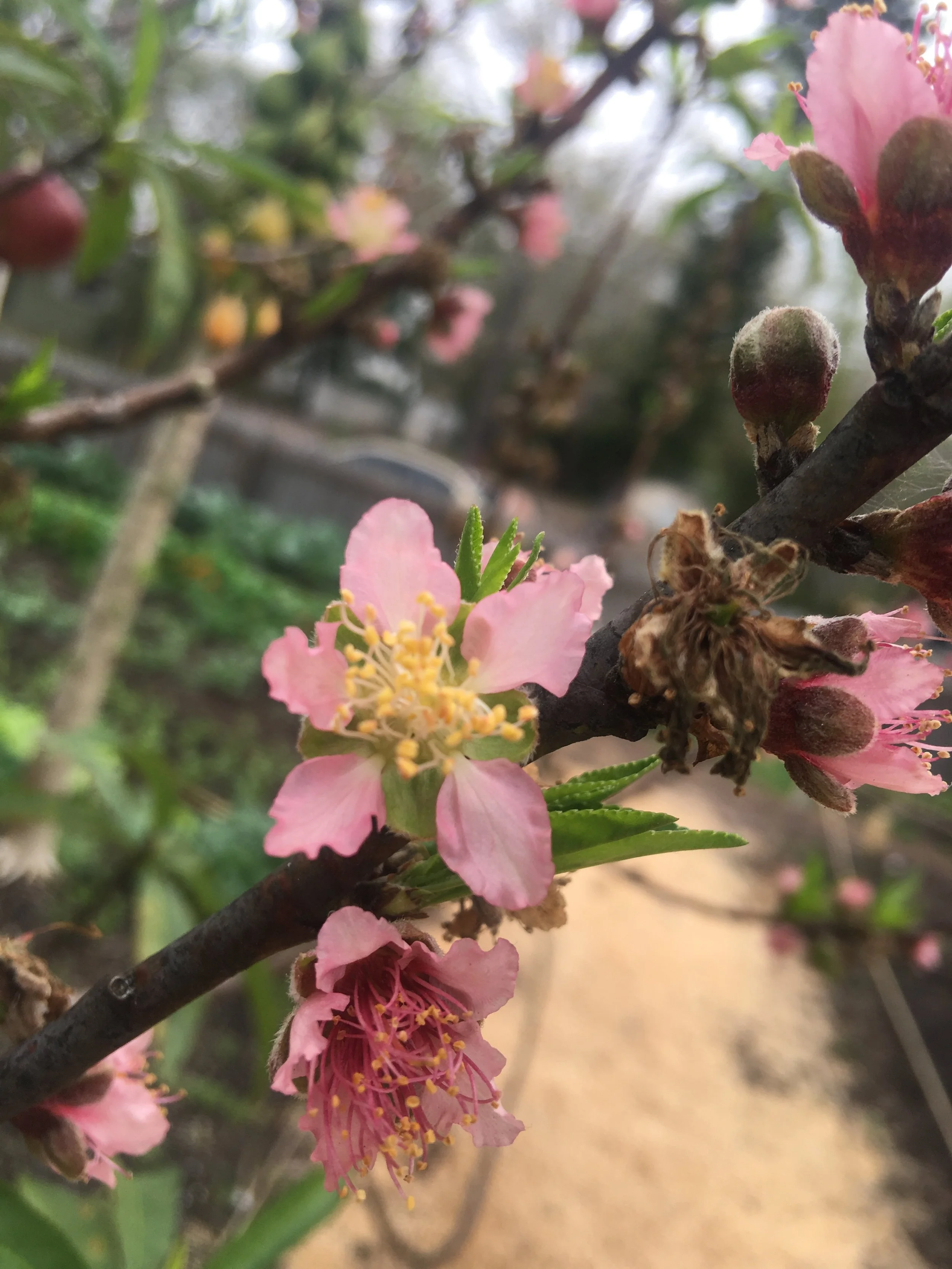The Life, A Life
Dear All,
We have been exploring life in its various forms and dimensions: organic life, the life of inorganic things, the life of man-made things (which all employ the non-man-made sensory world) and the life of purely spiritual somewhats and entities, from thoughts to angels.
This exploration needs no outside justification; it is good in itself. Still, it's worth remembering that it also has a purpose: to aid in our inner activism, our intentional contribution to the good of this troubled planet through prayer and meditation -- as well as through outer, visible, take-to-the-streets activism.
We also looked at the life of units of time, such as the Sabbath, about which Abraham Joshua Heschel has written so beautifully:
It is, indeed, a unique occasion at which the distinguished word qadosh is used for the first time: in the Book of Genesis at the end of the story of creation. How extremely significant is the fact that it is applied to time: “And God blessed the seventh day and made it holy.”
Beyond the things and beings of space, of spirit and of time, however, there is the life of the totality, the Whole. It is the life that (or who) includes everything in all dimensions, times, possibilities and impossibilities. This total life, I have noticed lately, is what the Zen folks are driving at, calling it lots of names from “nothing” to “Buddha nature.”
Under one conceptual framework this most common and also most precious life is the word before the beginning, the unconditioned, undetermined spirit on the face of the deep of Genesis. But this most ultimate life, the God before God (the totality which faces you but of which you are a pervasive part) is also a life, as the philosopher Gilles Deleuze points out in his poignant essay, “Immanence: a Life.” Its specificity, its a-ness rather than the-ness, is a key to its realization.
The marvelous efficacy of a life grows through our realization of it.
This leads us back into the study of Zen koans. We’ll be looking at just a few of them. Like all truly spiritual texts, koans cannot be understood with the rational mind. We can noodle about them a bit, puzzle over them, build clever thoughts about them, but we have to open our hearts and minds and bodies fully, in the midst of energetic but relaxed non-effort, if we are to glimpse the Great Life, a life, that speaks to us and becomes us through these peculiar tales. We’ll start breaking open our minds next week with the first of the hundred koans in the Blue Cliff Record (from circa 1100 AD):
Emperor Wu of Liang asked the great master Bodhidharma, “What is the highest meaning of the holy truths?”
Bodhidharma said, “Empty, without holiness.”
The Emperor said, “Who is facing me?” Bodhidharma replied, “I don’t know.”
The Emperor did not understand.
All blessings to all,
Michael




